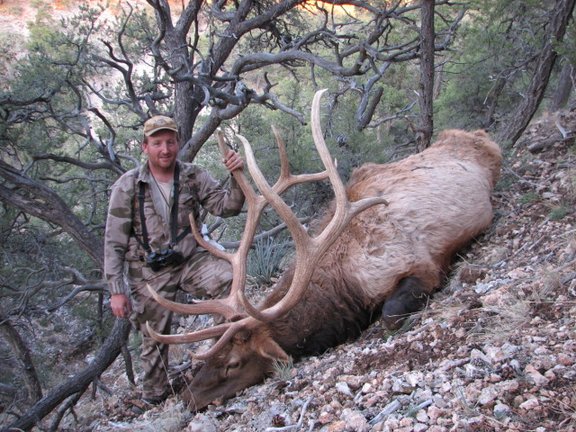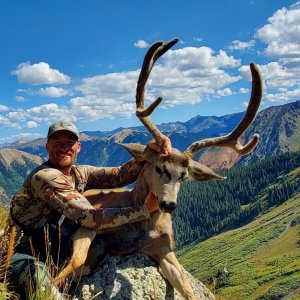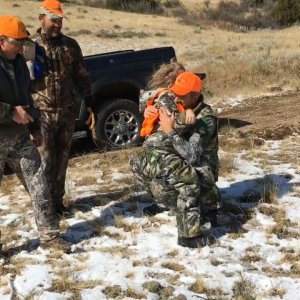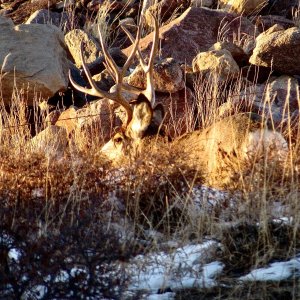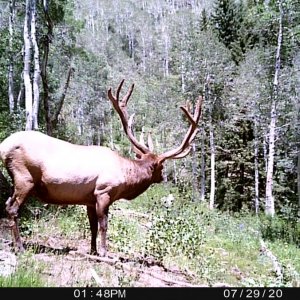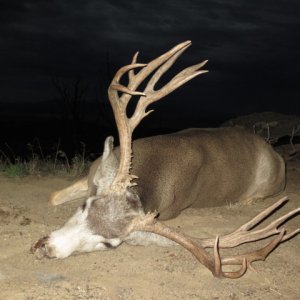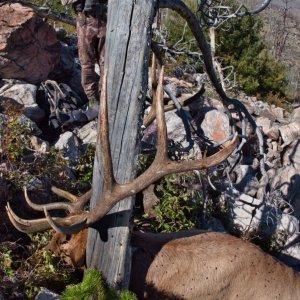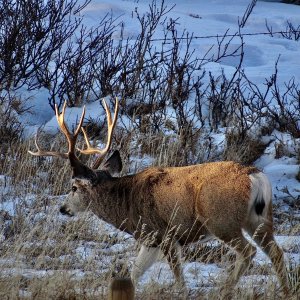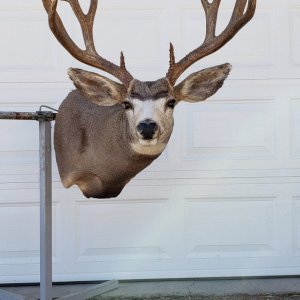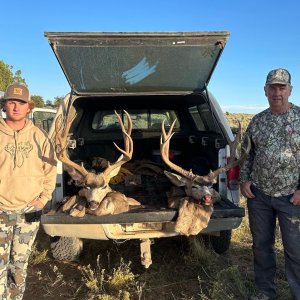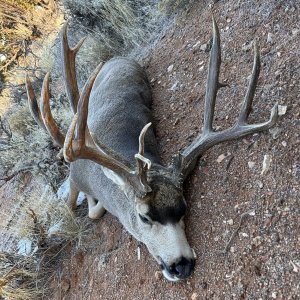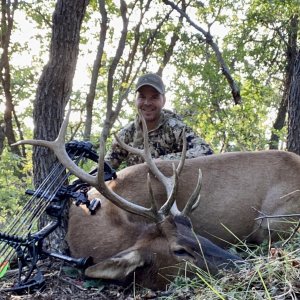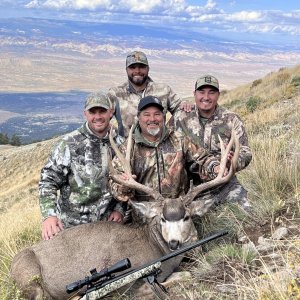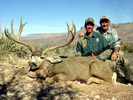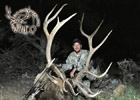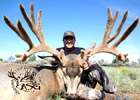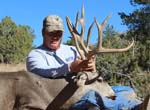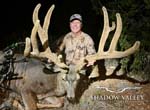DonMartin
Very Active Member
- Messages
- 2,078
Today, I finally got to sit down and look over the '09 elk regulations. I hadn't seen them before due to being in the field on hunts, and though I requested a copy of the proposals be sent to me for review,I never got them.
When I looked at the '09 Unit 10 regs for antlerless elk today I just about threw up.
Let's take a trip back in time.
In '07 there were 600 antlerless elk tags for both the early and late hunts. Hunt success was in the 30-40% range I think.
In '08 there were 600 antlerless tags for both the early and late hunts. I bet the success wasn't much better, maybe 40%.
Now in '09 they raised the early cow tags to 900 tags while the late hunt went up to 700 tags!
What's the justification for the increase?
As many of you know, I have done a heck of a lot guiding in this unit for many years for not only elk, but antelope, deer and sheep. I spend between 60-90 days a years out there scouting or hunting in most years.
During the past two years my guys and I have seen a DECREASE in the number of elk out there!
I've told G&F this info, but to no avail.
Putting 900 cow hunters in that unit, even as big as it is, is going to be a nightmare!
And you know when you shoot a cow in October, she is already bred, and probably has last year's calf next to her, so many times you're really killing three elk. I know some of the calves left motherless will be "adopted" by others in the herd, but many stumble around aimlessly until predators get them. Same goes for the Nov/Dec hunt, except the calves are bigger and have a better chance of survival.
On the late elk hunt this year I saw exactly two cows in two days! Fortunately my hunter got one that had been crippled by another hunter three days prior.. My other hunter and his guide saw one herd of about 17 and he got one. Theses guys didn't come into camp until Saturday night, two days after the season had opened.
Many other hunters we spoke to had not had any luck.
On the early cow hunt this year we saw a lot of elk (over 200), but that number is down from what we've seen in year's before.
I heard that the bull hunt in Unit 10 this year for the most part and with few exceptions was a bust, (we were in Unit 6A) so why the increase in those tags?
The early rifle bull tags are increasing from 25 to 50 this year while the general bull tags went up from 450 to 500.
I am going to check with the Region III Game Specialist on Monday and get some answers on the rationale behind all of this.
I'll let you know what I find out.
My question is this? Is anybody else out there seeing a huge increase in elk numbers that would justify these outrageous permit numbers?
Thanks,
Don Martin
Arizona Wildlife Outfitters
"I'm an Arizona resident first, a sportsman second, and a businessman third Mr. Commissioner. That's my priorities in this matter."
When I looked at the '09 Unit 10 regs for antlerless elk today I just about threw up.
Let's take a trip back in time.
In '07 there were 600 antlerless elk tags for both the early and late hunts. Hunt success was in the 30-40% range I think.
In '08 there were 600 antlerless tags for both the early and late hunts. I bet the success wasn't much better, maybe 40%.
Now in '09 they raised the early cow tags to 900 tags while the late hunt went up to 700 tags!
What's the justification for the increase?
As many of you know, I have done a heck of a lot guiding in this unit for many years for not only elk, but antelope, deer and sheep. I spend between 60-90 days a years out there scouting or hunting in most years.
During the past two years my guys and I have seen a DECREASE in the number of elk out there!
I've told G&F this info, but to no avail.
Putting 900 cow hunters in that unit, even as big as it is, is going to be a nightmare!
And you know when you shoot a cow in October, she is already bred, and probably has last year's calf next to her, so many times you're really killing three elk. I know some of the calves left motherless will be "adopted" by others in the herd, but many stumble around aimlessly until predators get them. Same goes for the Nov/Dec hunt, except the calves are bigger and have a better chance of survival.
On the late elk hunt this year I saw exactly two cows in two days! Fortunately my hunter got one that had been crippled by another hunter three days prior.. My other hunter and his guide saw one herd of about 17 and he got one. Theses guys didn't come into camp until Saturday night, two days after the season had opened.
Many other hunters we spoke to had not had any luck.
On the early cow hunt this year we saw a lot of elk (over 200), but that number is down from what we've seen in year's before.
I heard that the bull hunt in Unit 10 this year for the most part and with few exceptions was a bust, (we were in Unit 6A) so why the increase in those tags?
The early rifle bull tags are increasing from 25 to 50 this year while the general bull tags went up from 450 to 500.
I am going to check with the Region III Game Specialist on Monday and get some answers on the rationale behind all of this.
I'll let you know what I find out.
My question is this? Is anybody else out there seeing a huge increase in elk numbers that would justify these outrageous permit numbers?
Thanks,
Don Martin
Arizona Wildlife Outfitters
"I'm an Arizona resident first, a sportsman second, and a businessman third Mr. Commissioner. That's my priorities in this matter."



